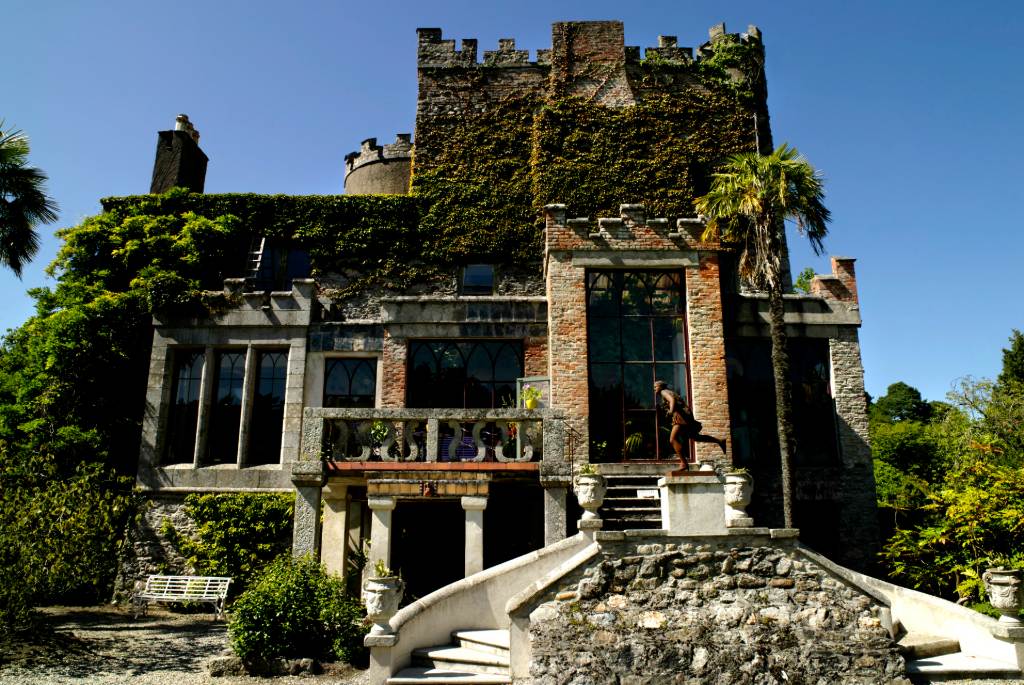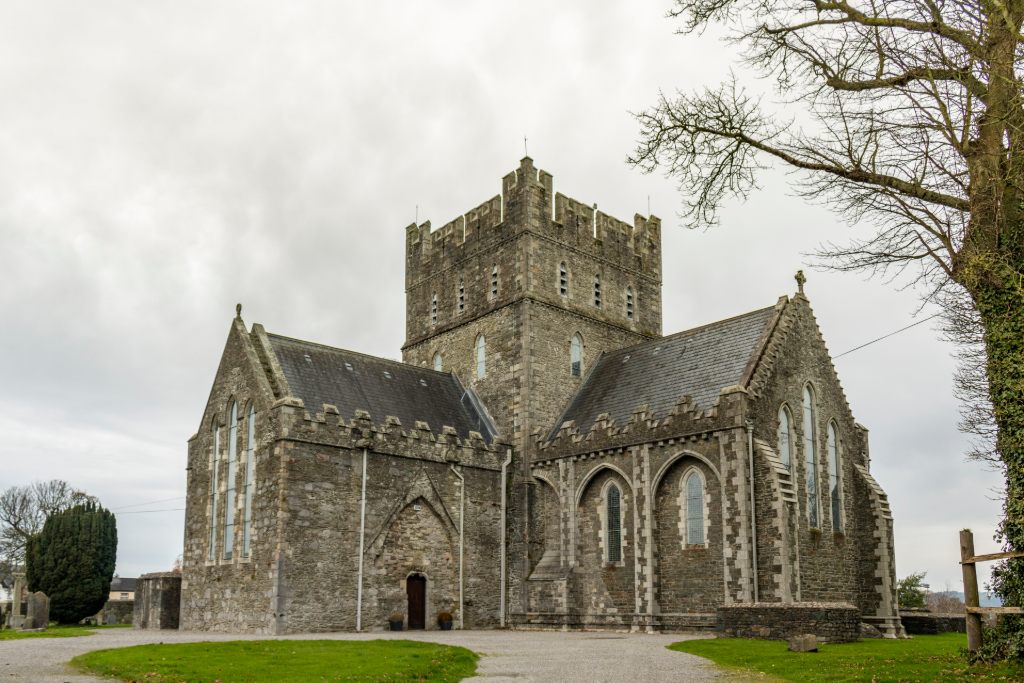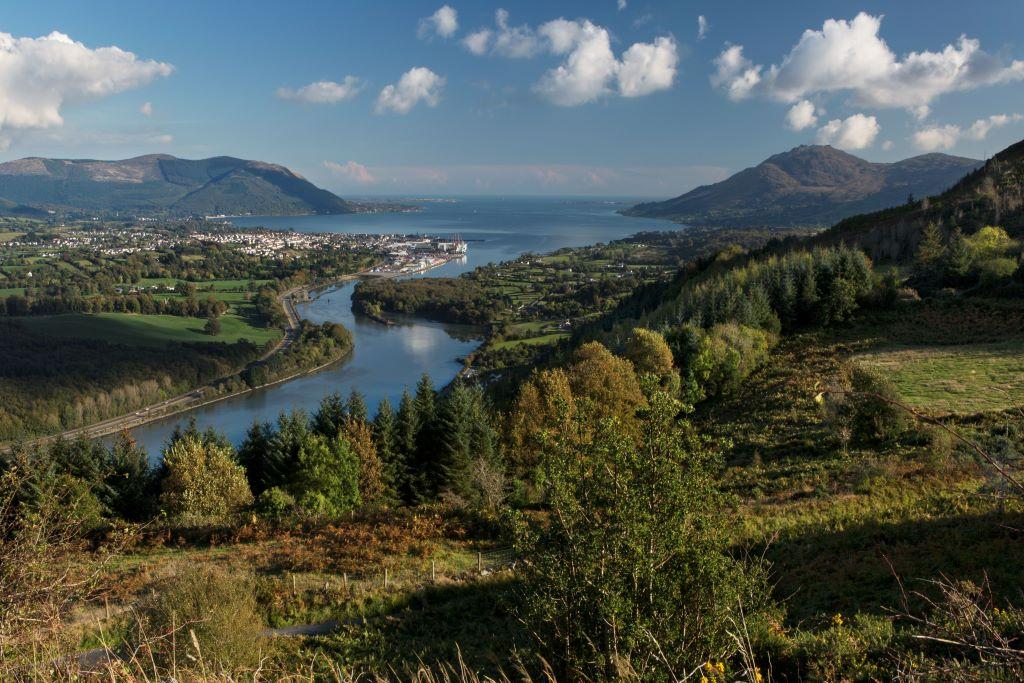

Women who made history


Huntington Castle, County Carlow
Nora Parsons was just 16 in 1903 when she shot the Indian crocodile whose head now adorns the castle walls of 17th century Huntington Castle in County Carlow. Not to be outdone, Nora’s daughter Olive began her own religion in the 1970s, and the temple of Isis in the castle’s basement celebrates the Divine Feminine to this day. We think the first lady of Huntington Castle, free-spirited Ailish O’Flaherty, granddaughter of notorious Pirate Queen Grace O’Malley would be proud.


The Cathedral Church of St Brigid, County Kildare ©Shutterstock
Named after the pagan goddess of fire, St Brigid’s selfless nature nurtured both the land and the living. Freed from slavery by the King of Leinster, she asked him for land in County Kildare to build a convent. Showing the king her small cloak, she requested he give as much land as the cloth would cover. Laughing at her humble favour, he granted her wish and watched in awe as Brigid and her followers stretched it across the land, covering many acres of Kildare’s fertile plains, where the town of Kildare is found today.
Dame Alice Kyteler was born to a noble family in Kilkenny city and went on to marry four powerful men – all of whom died before their time. Alice ran a popular inn, where she bewitched one and all with her beauty and charm. As her widow’s fortune increased, the talk of animal sacrifices, dark sorcery and demonic worship grew until her children accused her of heresy and murder. Sentenced to death for her crimes, Alice escaped to Britain and was never seen again. Her poor maid, Petronella, was tortured and then burned at the stake for her mistress’ crimes.


Carlingford Lough, County Louth
Buried by locals in the wilderness outside the village of Omeath in County Louth you’ll find the grave of Cauthleen, a 7ft-tall Spanish beauty who married Lorcan O’Hanlon, the youngest son of the deceased chieftain of Omeath. Tricked into believing her husband’s lies of wealth, she returned with him to Ireland and looked out at the feeble property her husband possessed. So taken by grief and regret of the life she had left behind, she died on the spot and her hysteric husband flung himself in the waters of Carlingford Lough.
Carrickmacross Lace dates back to the 1820s, after Mrs Grey Porter returned from her honeymoon to Donaghmoyne, County Monaghan, with beautiful Italian lace. Together with her maid, they developed the unique design and established lace-making classes to provide employment for young women. Now woven into the very fabric of Irish crafts, famous clients over the years include Queen Victoria and Princess Diana, who used it on her iconic wedding gown.












































